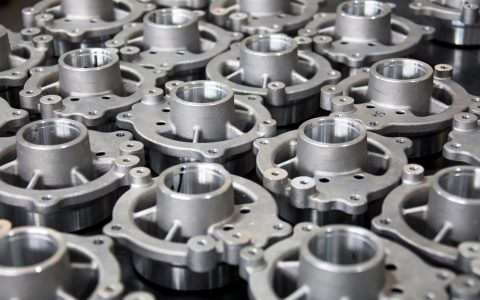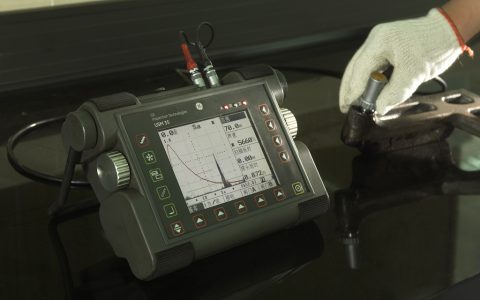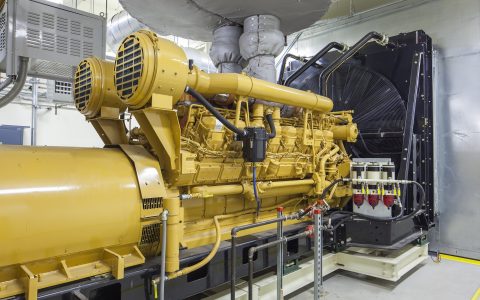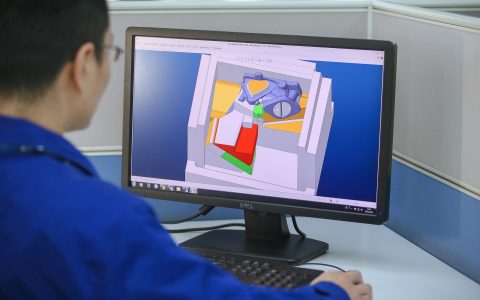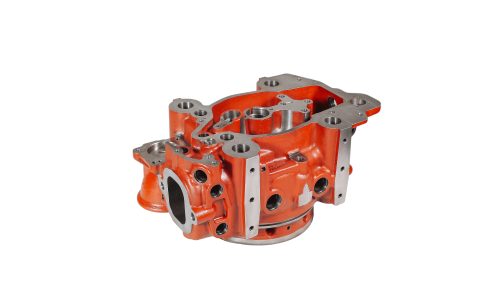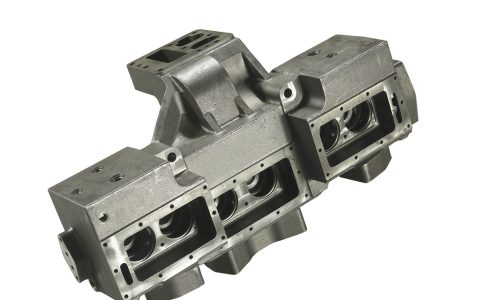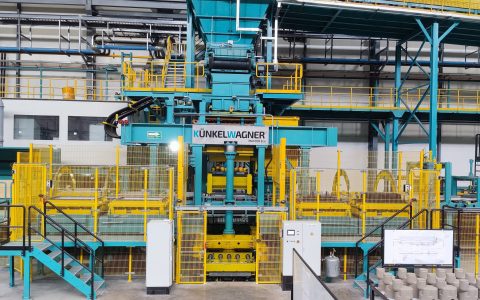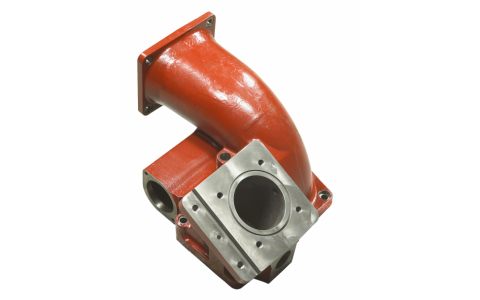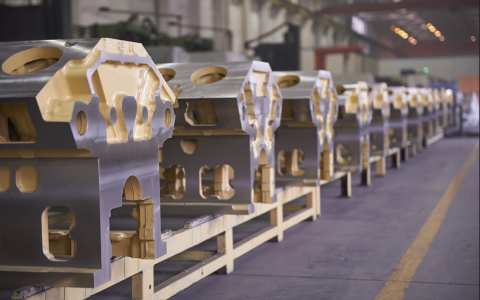Blog
Troubleshooting Common Issues in Sand Casting
July 11th, 2024
From Design to Reality: The Journey of a Cast Metal Part
June 3rd, 2024
From Sand to Solid: A Step-by-Step Journey through the Sand Casting Process
February 5th, 2024
Advantages of Sand Casting for Exhaust Manifolds
November 7th, 2023
An Introduction to Sand Casting Exhaust Manifolds
June 27th, 2023
An Introduction to Sand Cast Iron Engine Blocks
June 20th, 2023
Sand Casting for Power Generation Equipment Applications
June 13th, 2023
